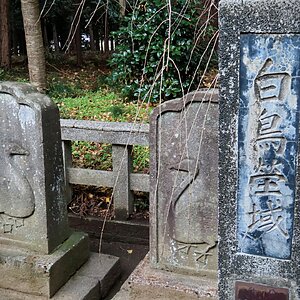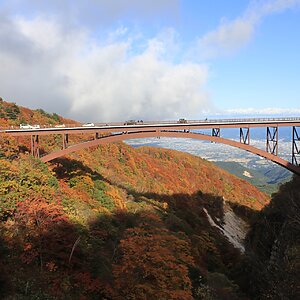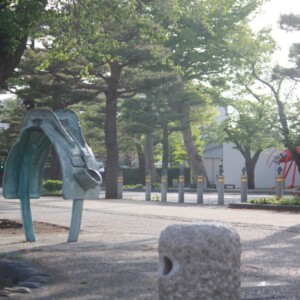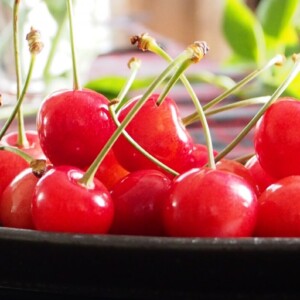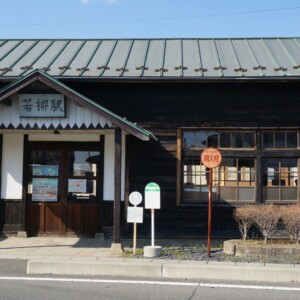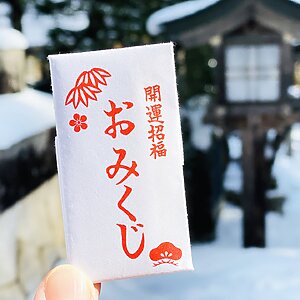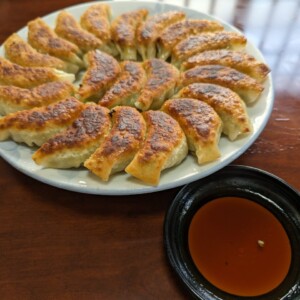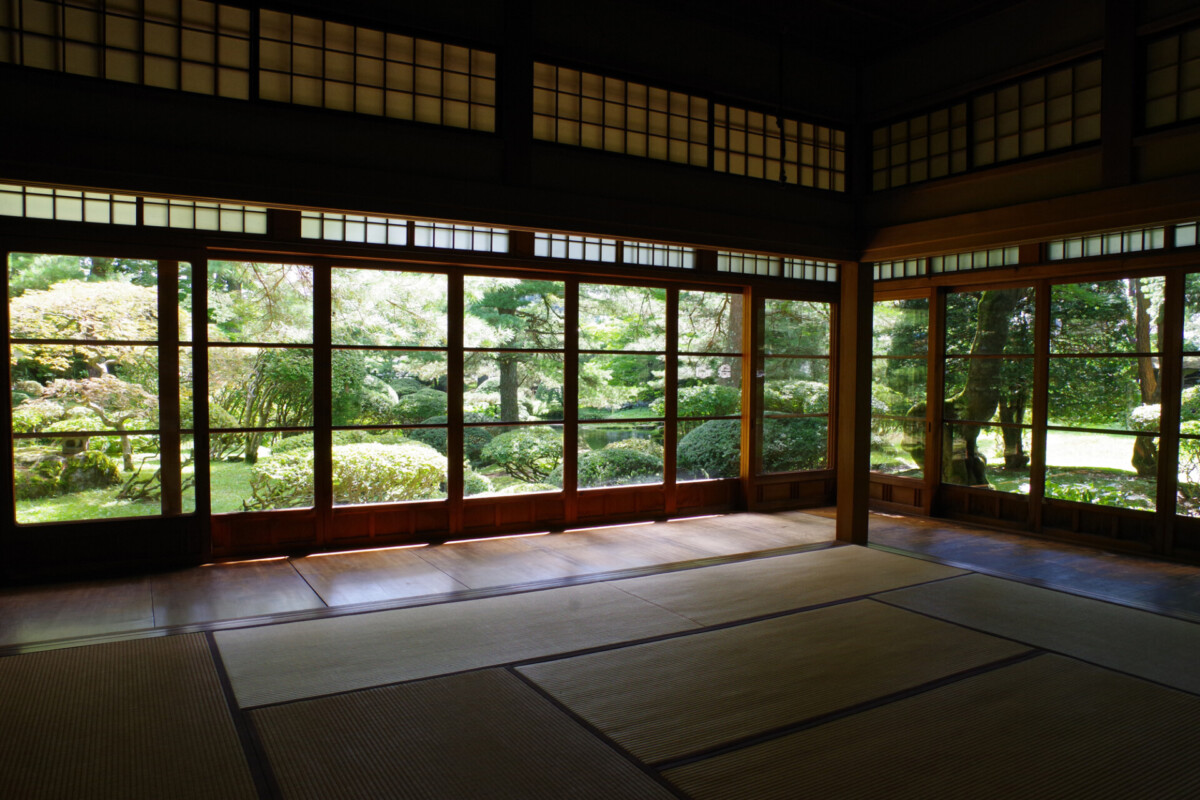
Historic buildings in Odate City, sparing the war caused by the Boshin War [Akita Prefecture]
table of contents
- 1 Odate Castle, a branch castle of the Kubota clan, was owned by the Satake Nishi family.
- 2 Odate was completely destroyed in the fierce battle of the Boshin War.
- 3 Odate Hachiman Shrine miraculously remained unburned during the Boshin War
- 4 Hachiman-sama, the guardian deity of the Satake clan for generations
- 5 The two Hachiman shrines within Odate Castle are important cultural properties of the country.
- 6 The main building of Torigata Kaikan was expanded and renovated based on a private house from the Edo period.
- 7 Torigata Kaikan garden is a typical Kyoto style garden with a pond and fountain in the early Showa period.
- 8 Historical architecture representative of Odate City built in the Meiji period
- 9 Japan's oldest wooden Byzantine-style cathedral, ``Hokuga Orthodox Church,'' built inside a private residence with private funds.
Odate Castle, a branch castle of the Kubota clan, was owned by the Satake Nishi family.
During the Edo period, Odate City Domain (Akita Domain) Kakunodate Region ) was the territory of the Nanbu Domain (Iwate Prefecture and part of Aomori Prefecture).
In the early Edo period, there was constant conflict over the boundary between the Nanbu Domain and the border, and the Edo Shogunate ultimately established the border of the domain.
Odate Castle is located in Odate as a branch of the Kubota Domain, and in 1610, Yoshinari , the cousin of Satake , was appointed as the castle.
The Koba family was the third generation Yoshifusa, who took the name Satake surname, and then ruled Odate until the Meiji period. The Satake family at Odate Castle the Satake Nishi family , and was well known by people.
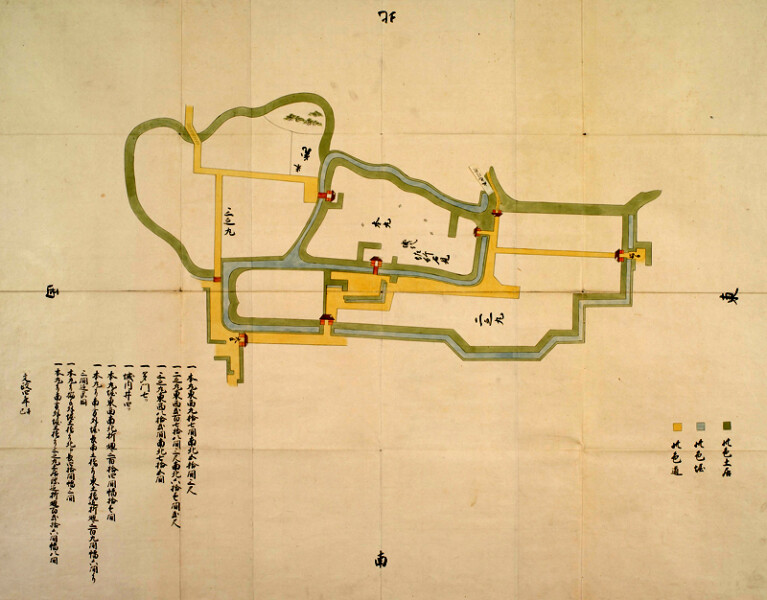
Odate was completely destroyed in the fierce battle of the Boshin War.
The Meiji Restoration blew through the Kubota Domain, which was in no wind.
The Tohoku domains opposed the new governments of the Satsuma domain, Choshu domain, and Tosa domain, and the Ouetsu clan alliance was formed by adding six domains in Hokuetsu (Niigata Prefecture) to all the domains in Tohoku, and from April 1868 to the previous April (May to June of the new calendar), armed conflicts between the allied forces of the Aizu domain and Shonai domain and the new government forces broke out, causing a state of civil war. This is the beginning of the Tohoku Front of the Boshin War.
At first, the battle was a back-and-forth affair, but as time passed, the new government forces gained the upper hand. Among the allied forces that were supposed to be monolithic, some clans are persuaded by the new government forces to leave the alliance. The Kubota clan was one of them, and joined the new government army along with the neighboring clans of Kameda, Honjo, and Yajima.
Enraged by the defection of the Kubota clan and others, the Allied side regarded the Kubota clan as an enemy, and the Shonai clan from the south and the Nanbu clan from the east launched an offensive. Odate in particular was exposed to attacks from the powerful Nanbu domain, and the entire town became a sea of fire, burning down not only Odate Castle and the castle town, but also the rural areas.
The Kubota clan's army retreated further and further westward and was on the verge of death, but the new government sent in reinforcements and was able to push back the allied forces just before Kubota Castle, their home base.
Odate Hachiman Shrine miraculously remained unburned during the Boshin War
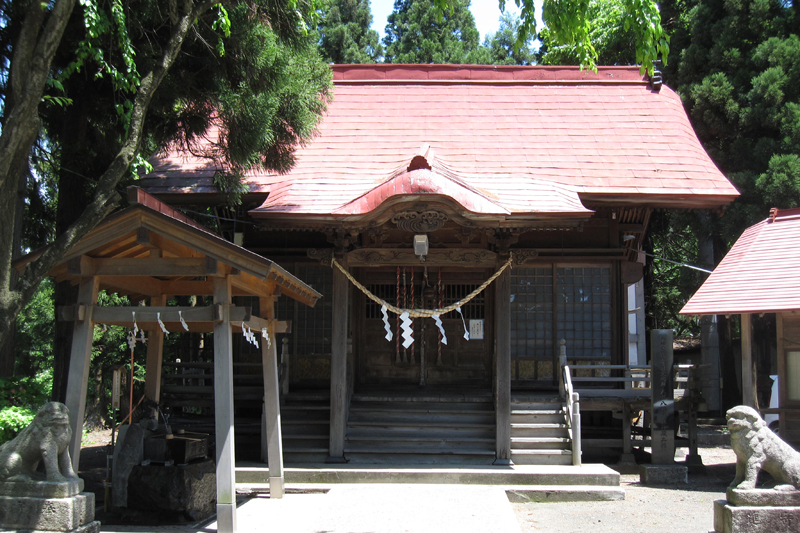
This civil war, known as the Akita War, ended in victory for the new government forces, but it left a tragic scar on Odate. There is a building that miraculously survived without being destroyed by fire. This is the main shrine building at Odate Hachiman Shrine.
Hachiman-sama, the guardian deity of the Satake clan for generations
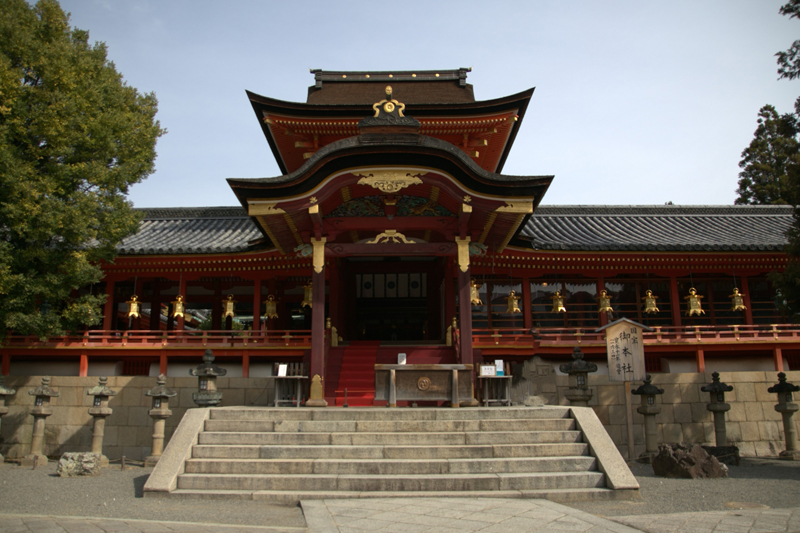
Satake was originally Genhachimantaro Yoshiie no Shinra Saburo Yoshimitsu , who was active in the three-year war that occurred in Oshu (the role of the three-year war, 1083-1087) , so he worshiped Hachiman, the god of war.
Before the country was transferred to Akita, Hitachi Province (Hitachikuni/Hitachiota City, Ibaraki Prefecture), which was the lord, was split into two countries, and was split into two countries in 1161 from Iwashimizu Hachimangu (Yawata City, Kyoto Prefecture), Kyoto Prefecture, and was split into two countries in 1417 from Tsurugaoka Hachimangu (Kamakura City, Kanagawa Prefecture), and Wakamiya Hachimangu (Miyamotocho, Hitachiota City), which was built as a prayer for the Satake clan.
When the Satake clan was transferred to Akita in 1602 (country change), the spirits of Baba Hachiman Shrine and Wakamiya Hachiman Shrine were brought with them and worshiped them within Kubota Castle.
Inside Kubota Castle there were Shohachimansha (Shohachimansha) and Ohachimansha . The main shrine of Shohachiman Shrine, built in 1819, is currently relocated to Iyataka Shrine in Chiaki Park and is used as the main shrine (designated by Akita Prefecture).
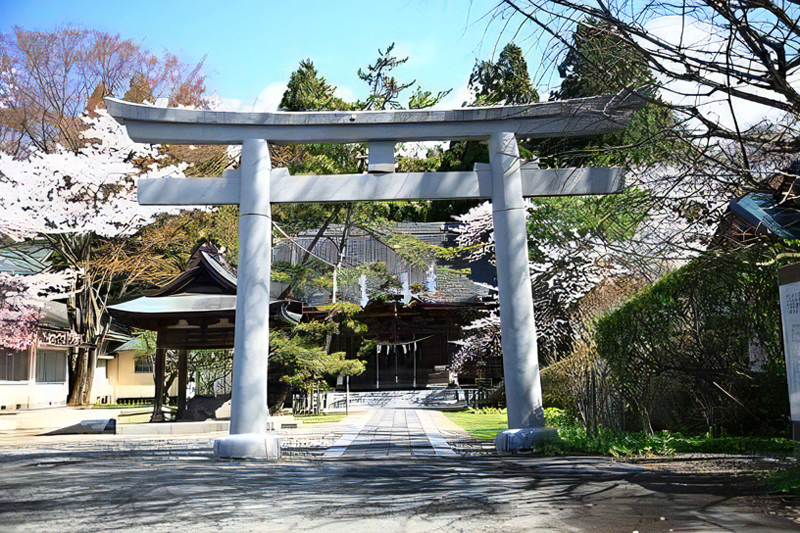
The two Hachiman shrines within Odate Castle are important cultural properties of the country.
Koba Yoshinari, who was assigned to Odate Castle, worshiped Hachiman and became his guardian deity, following the customs of the Satake clan.
In 1687, the fourth castle master Satake Yoshitake built two shrines within the castle, Shohachimangu Shrine and Wakamiya Hachimangu Shrine, making it the shrine shrine that protects Odate. Shohachimangu Shrine is Ishimizu Hachimangu Shrine, and Wakamiya Hachimangu Shrine is dedicated to the division of Tsurugaoka Hachimangu Shrine.
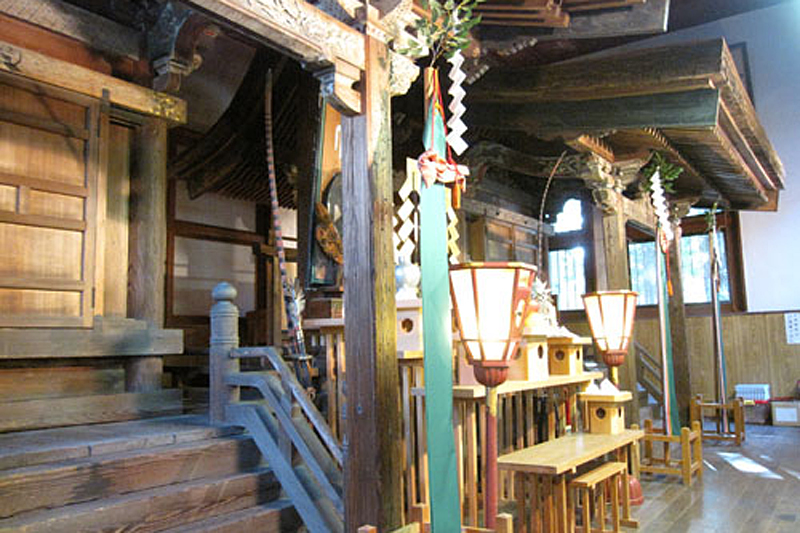
The main shrine of Shohachimangu Shrine and the main shrine of Wakamiya Hachimangu Shrine are located in one place, with the left side being Shohachimangu Shrine and the right side being Wakamiya Hachimangu Shrine.
The building, which was built in 1687, remains intact, and is now located in a hollow house built to protect the two main shrines, as the temple of Odate Hachiman Shrine.
The main building, which is lined up like a pair, has been designated as a national important cultural property as a valuable shrine building from the early Edo period. The two buildings are the same, and are traditional shrines, known as "The persimmon roofing style includes a one-time prayer (see notes)" (see notes).
In addition, two buildings have various carvings and patterns, but each building has a different decoration.
Annotation
- Kaki-buki : In the traditional Japanese method of making roofs, “kokera” refers to a board or piece of wood. Several pieces of wood are stacked together and held together with bamboo nails, and the roof is raised from the bottom. Sawara, cedar, and cypress are used for roofing, but when cypress is used, it is called hiwadabuki.
- Nagaru-zukuri : This is a common structure for shrines where the front of the roof extends longer and lower than the back, creating an eaves-like structure. It is said to have been completed during the Heian period.
- One room : A perfectly square room supported by four pillars. The space between the pillars is called ikken, and the width is not necessarily 1 ken (1.8 m).
- Mukaihai : A place for worshipers to worship under an overhanging roof.
Odate Hachiman Shrine <Information>
- Facility name: Odate Hachiman Shrine (Sho Hachiman Shrine/Wakamiya Hachiman Shrine)
- Location: 1 Yahata, Odate City, Akita Prefecture
- Phone number: 0186-42-1328
- Freedom to worship
- URL: Odate Hachiman Shrine (Sho Hachiman Shrine/Wakamiya Hachiman Shrine)
- access
- Public transportation: Approximately 20 minutes by bus from Odate Station on the JR Ou Main Line/Hanawa Line, then approximately 3 minutes from the Otori High School bus stop.
- Car: Approximately 30 minutes from Towada IC on the Tohoku Expressway
Google Map
The main building of Torigata Kaikan was expanded and renovated based on a private house from the Edo period.
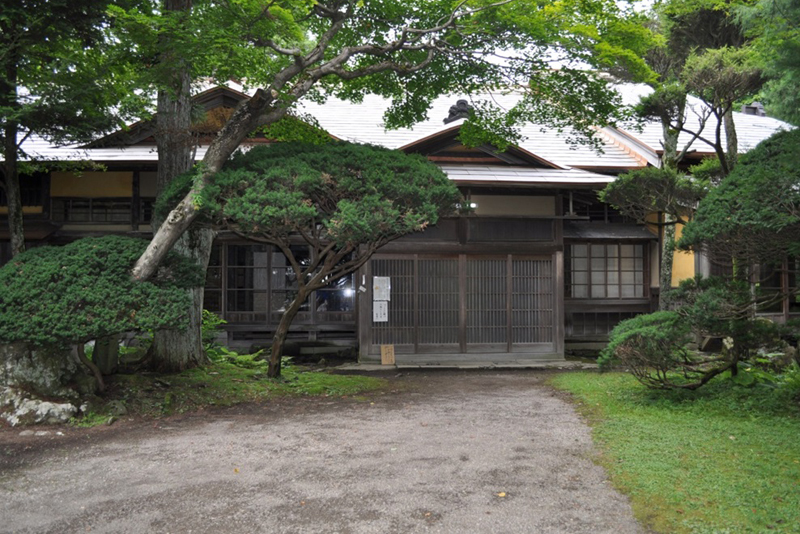
During the Boshin War, most of the buildings in Odate were destroyed by fire, but there are other valuable buildings that survived the disaster, along with Odate Hachiman Shrine.
The Torigata Kaikan Owner is the owner of the Torigata family , formerly Hanaoka-cho (Hanaoka-cho, Odate City), located north of the castle town of Odate Castle, and has been the main building of the Torigata family, which has been the virgin (kimoiri/rich/career) since before the Edo period.
The building is said to have been built in the mid-Edo period, and when the Torigata family lands out a new garden on the site in 1936 (Showa 11), the house was pulled to the current Torigata Kaikan location (Torigata Kaikan).
The old main house was later expanded and renovated and used as the Torigata family's main house for a while, but in 1951 (Showa 26), it was donated to the former Hanaoka Town and opened to the public as the Torigata Kaikan.
Torigata Kaikan was a member of the 17th head of the Torigata family Torigata Ryuzo (1877-1952), invited a total of 1,000 carpenters and landscaping workers from Kyoto to expand and renovate the main building and expand the garden, which took about five years to complete.
The old main building has been renovated with the foundations and pillars as before, and has a Kyoto-style appearance, and the expanded parts are made of famous wood such as Yakusugi. The total floor area is approximately 791 m2 (approximately 240 tsubo). The former Torigata family residence is designated as a tangible cultural property in Akita Prefecture.
Ryuzo Torigata is a medical doctor who graduated from Kyoto Imperial University (Kyoto University) and studied at the University of Bern in Switzerland, where he studied serum bacteriology.He invented flat-pressure thoracotomy and contributed to the improvement of pulmonary tuberculosis surgery.
Torigata Kaikan garden is a typical Kyoto style garden with a pond and fountain in the early Showa period.
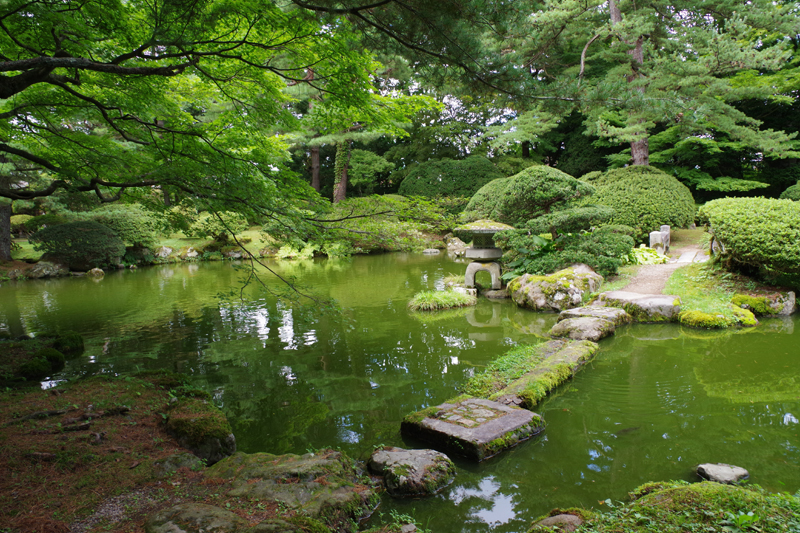
Another highlight of Torigata Kaikan is the Kyoto-style garden, with a pond sailing style
Enjoy the garden while traveling around the pond, centering around a pond of about 377 m2 (approximately 115 tsubo). The garden features thatched roofed soan tea room, tea room waiting room, and azumaya, giving it a beautiful appearance with every season.
Torigata Kaikan <Information>
- Facility name: Torigata Kaikan (former Torigata family residence)
- Location: 156 Neishita, Hanaoka-cho, Odate City, Akita Prefecture
- Phone number: 0186-46-1009
- Opening hours
- April - October / 9:00 - 17:00 (Admission until 16:30)
- November - March / 9:00 - 16:00 (Admission until 15:30)
- Admission fee: Free
- Closed: Mondays (the next day if Monday is a public holiday), New Year holidays (December 29th to January 3rd)
- URL: Torigata Kaikan (former Torigata family residence)
- access
- Public transportation: Approximately 30 minutes by bus from Odate Station on the JR O-Ou Main Line or Hanawa Line on the Hokuyo Junior High School Line [via Tsutsuzawa], and get off at Torigata Kaikan-mae bus stop.
- Car: Approximately 10 minutes from Akita Expressway Odate-kita IC
Google Map
Historical architecture representative of Odate City built in the Meiji period

, Odate City have been lost due to fires and other causes. There are still valuable buildings remaining, such as the Nagaki family's samurai gate
Japan's oldest wooden Byzantine-style cathedral, ``Hokuga Orthodox Church,'' built inside a private residence with private funds.
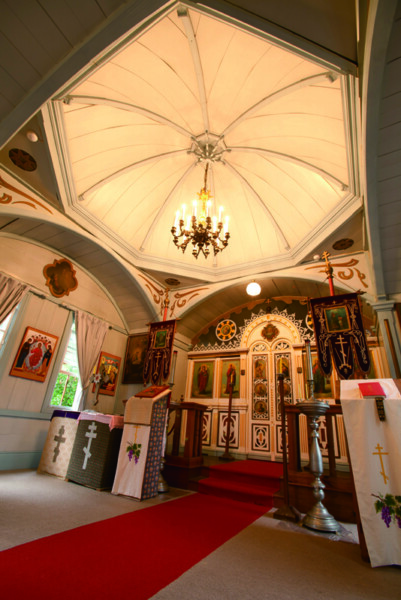
The Kitaka Harist Orthodox Cathedral Hatakeyama Ichinosuke , a wealthy farmer who was a passionate Christian, invested his private wealth in 1892 (Meiji 25), and was called Magata Gospel Cathedral
He is currently affiliated with Morioka Christ Church and is used as the "Magata Shoshinjoudai Seido
Inside the Byzantine-style cathedral, made of Akita cedar, there is an icon (sacred image/Odate City tangible cultural property) by , Rin Yamashita
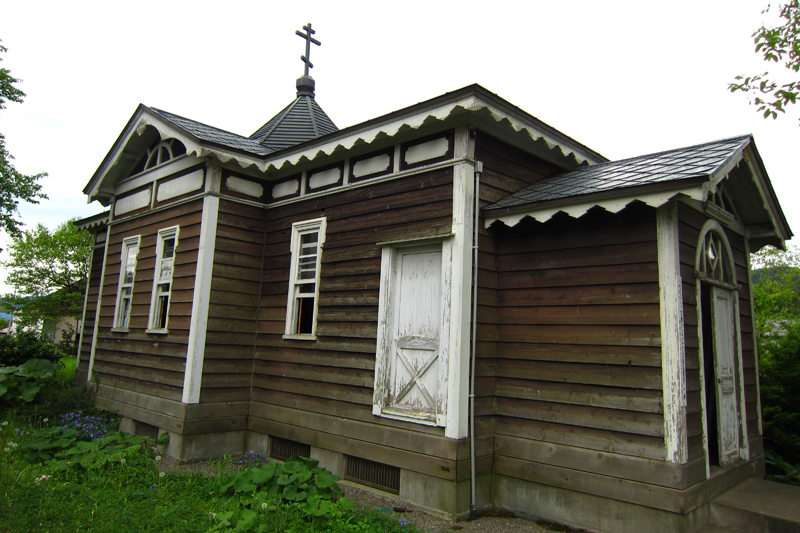
Kitaka Harist Orthodox Cathedral <Information>
- Facility name: Kitaka Christian Orthodox Cathedral (official name as a cultural property)
- Location: 80-1 Kuruda, Odate City, Akita Prefecture
- Phone number: 019-663-1218 (Morioka Christ Church)
- Visit: Advance notice required
- URL: Kitaka Christian Orthodox Cathedral
- access
- Public transportation: About 30 minutes on foot from JR Hanawa Line Otaki Onsen stop, about 5 minutes by taxi
- Car: Approximately 30 minutes from Tohoku Expressway and IC
Google Map
Nagaki residence samurai gate <Information>
- Facility name: Nagatei Samurai Gate
- Location: 79 Kamiogida, Ogida, Hinai-machi, Odate City, Akita Prefecture
- Phone number: 0186-48-2119 (Odate Folk Museum)
- access
- Public transportation: Approximately 15 minutes walk from Ogida Station on the JR Hanawa Line
- Car: Approximately 20 minutes from Towada IC on the Tohoku Expressway


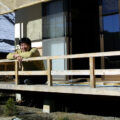

![[Akita Prefecture] Kosaka Town is a town that has taken you back in time to the Meiji era. Cultural heritage left behind by Kosaka Mine 1_22](https://jp.neft.asia/wp-content/uploads/2023/07/1_22-150x150.jpg)
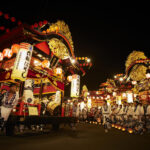
![It has developed as a port for Yoneshiro River logistics, and its role is the address, and remains in modern times, "Futatsui-cho, Noshiro City" [Akita Prefecture] Yoneshiro Kawafutsui_Geospatial Information Authority](https://jp.neft.asia/wp-content/uploads/2025/03/00754977e91fe56c04481f148f949925-150x150.jpg)
![Hiyama Ando clan, ruled Akita during the Sengoku period and based in Noshiro [Akita Prefecture] Akita Fan](https://jp.neft.asia/wp-content/uploads/2025/03/0275d341934f847be3452ea4662d9a4e-150x150.jpg)

![Kosaka Railway Rail Park where you can stay at the former JNR Blue Train [Akita Prefecture] 1007675_5_l](https://jp.neft.asia/wp-content/uploads/2023/11/1007675_5_l-150x150.jpg)
![The Ani Mine, which was said to be the number one in Japan during the Edo period and supported the Kubota Domain [Kita Akita City, Akita Prefecture] Ani Mine](https://jp.neft.asia/wp-content/uploads/2024/04/anikouzan-150x150.jpg)
![The endemic Japanese crayfish, the endemic species of Japanese crayfish, is currently breeding in Odate City! [Akita Prefecture] 26234380_m](https://jp.neft.asia/wp-content/uploads/2024/02/26234380_m-150x150.jpg)
